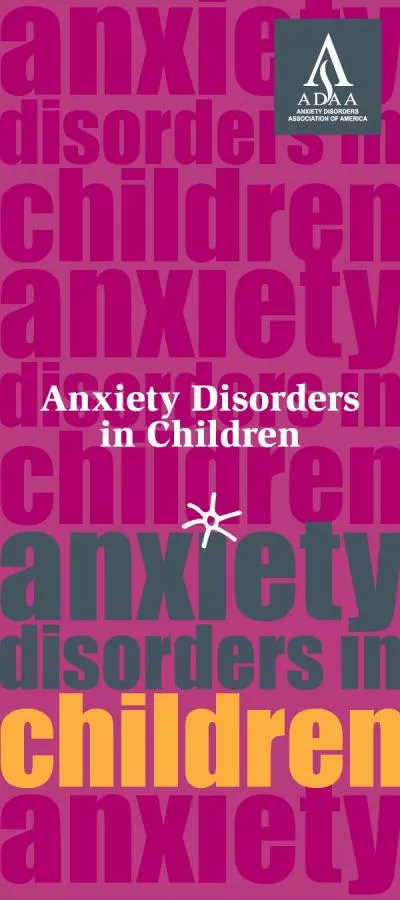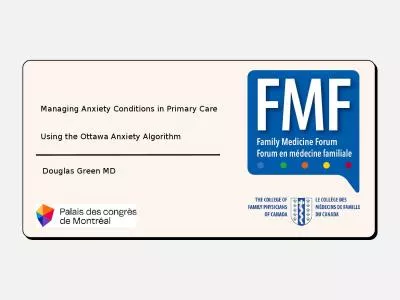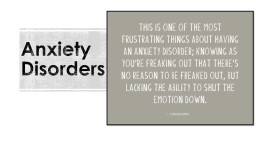PPT-DEALING WITH ANXIETY:
Author : yoshiko-marsland | Published Date : 2016-05-04
Nurturing Resiliency in Children and Youth MULGRAVE SCHOOL PRESENTER March 4 th 2015 James Skinner
Presentation Embed Code
Download Presentation
Download Presentation The PPT/PDF document "DEALING WITH ANXIETY:" is the property of its rightful owner. Permission is granted to download and print the materials on this website for personal, non-commercial use only, and to display it on your personal computer provided you do not modify the materials and that you retain all copyright notices contained in the materials. By downloading content from our website, you accept the terms of this agreement.
DEALING WITH ANXIETY:: Transcript
Download Rules Of Document
"DEALING WITH ANXIETY:"The content belongs to its owner. You may download and print it for personal use, without modification, and keep all copyright notices. By downloading, you agree to these terms.
Related Documents

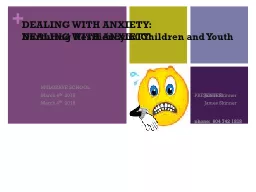
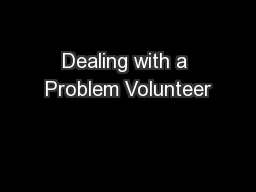
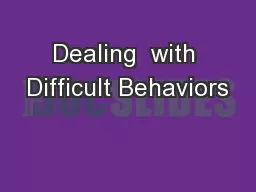


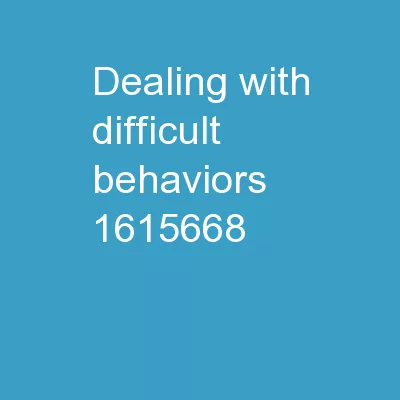
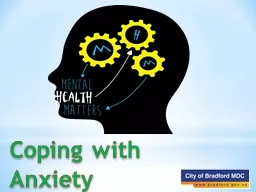
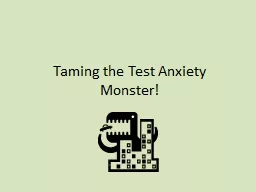
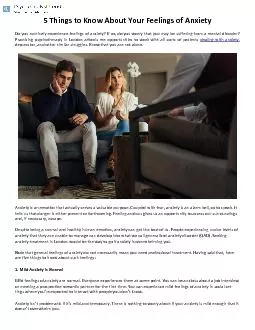
![[EBOOK] - You Can\'t Pour From An Empty Cup: Dealing with College Anxiety Self Care 6](https://thumbs.docslides.com/902108/ebook-you-can-t-pour-from-an-empty-cup-dealing-with-college-anxiety-self-care-6-x-9in-90-page-anxiety-journal-adult-coloring-bo.jpg)
